By
Doug DeMuro
Comments (684)We may earn a commission from links on this page.
I've owned my Ferrari for 329 days. In that time, it's travelled 5,022 miles in five U.S. states. It's been the subject of 24 Jalopnik columns, totaling 2,082,131 views, and 17 YouTube videos, reaching 4,424,998 plays. And now it's time for one last number: exactly how much has this car cost to own?
I'm writing this column as the final farewell to the Ferrari, because it addresses the question I get more often than any other: what does it cost to own an exotic car? (That, and: "Is that the new Mustang?!")
My whole life, I've heard stories about Italian car ownership: "Five thousand dollar oil changes," people say. "You gotta take out the engine out for every service. " But just how much of that is true? Well, it's time to find out – so here's my one-year Ferrari total cost breakdown:
Depreciation was my single greatest expense: I paid $86,500 for the car in January, and I sold it last week for $78,000, for a total loss of $8,500. While that may seem like a lot of depreciation for a 10-year-old car in one 12-month period, there are a few key factors that accelerated my depreciation curve a bit more than normal.
Number one: I was in a hurry to buy and sell. Most Ferrari owners take months, or even years to find the right car — but because I was eager to get the car and write about it, I only took weeks. As a result, I probably paid a bit more than I should've — but I got a low-mileage car with no issues.
Likewise, when it came time to sell, I wanted out before the snow started falling — and before the end of the year. And since I tax deduct my depreciation expenses, I wasn't eager to nickel-and-dime the buyer out of every single penny. So I probably rushed through the sales process a little more than usual.
So I probably rushed through the sales process a little more than usual.
If I had stubbornly held out when buying and selling, I think I could've bought the car for $85,000 and sold it for $80,000. Not bad for 12 months and 5,000 miles in a Ferrari.
And the CarMax Offer?You'd already know it if you followed me on Twitter, since I posted it a few hours ago – but the famous CarMax offer was just $64,000, or fourteen grand less than what I later sold it for. But before you get too angry about this, just remember: they've got to pay for those Range Rover warranties somehow.
Maintenance and RepairsThe five-thousand dollar oil change? The ten-thousand dollar annual service? Pulling out the engine for every little thing? Fires? Failed starts? Rampant check engine lights? Parts falling off?
It's all bullshit.
The truth is, this was the single most reliable car I've ever owned. It didn't break down, it didn't catch on fire, it didn't strand me once, and the biggest unexpected issue I had was a screw in the tire.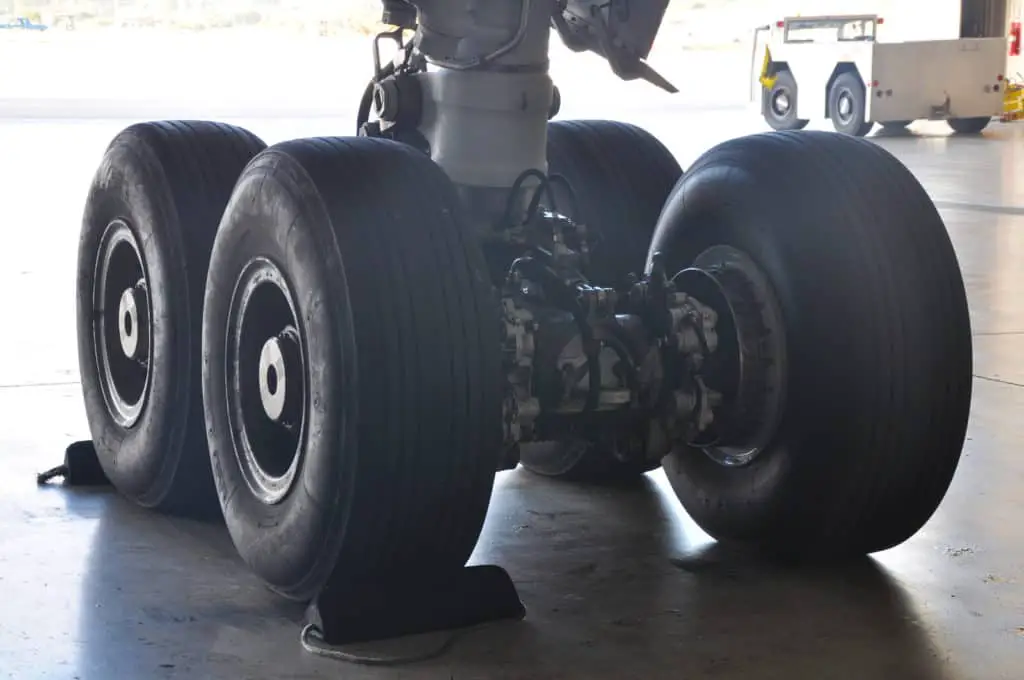 Over my year of ownership, I only visited the dealer three times — and that included a trip for the tire. In other words: it really wasn't so bad.
Over my year of ownership, I only visited the dealer three times — and that included a trip for the tire. In other words: it really wasn't so bad.
But that doesn't mean it was cheap: in the last twelve months, I spent a total of $4,629.81 on repairs and maintenance.
Here's how it breaks down: immediately after driving the car home from Florida in January, I replaced the tires and did an oil change at 17,941 miles for $2,333.75. The car then went seven months and 3,238 miles without issue. At that point, it was due for another oil change, and the dealer recommended changing the front brake pads and rotors — for a total cost of $1,754.45. My final dealer visit came 36 days and 707 miles later in early November, when I patched the tire and replaced the battery for $541.61.
Read more
OK, you might be thinking, but what about all those expensive services I've always heard of? Maybe you just didn't do them?
The simple truth is this: on the 360, they just don't exist.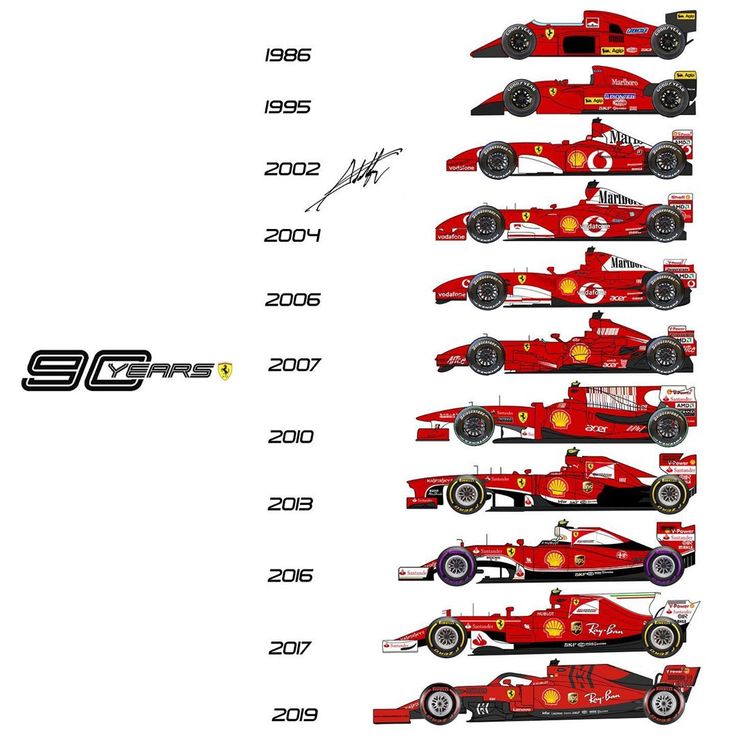
A clutch replacement is just over $5,000, which is exactly what it cost on my 2001 Porsche 911 Turbo. I paid more for front brakes on my 2007 Mercedes E63 AMG station wagon than I did for front brakes on my Ferrari. There's no annual belt service — it's every four years. And it doesn't cost ten grand, but rather more like four or five.
And the five thousand dollar oil change? I got two different oil changes from two different dealers during the last year, and I never paid more than $400. Yes, that's still big money — but it's not ridiculous, when you consider that this car cost more than $150,000 new.
Overall, here's what I've learned about the Ferrari 360: when it comes to repairs and maintenance, it just isn't as expensive as everyone thinks. Yes, you'll pay $2,000 for tires and $3,000 for brakes. Yes, you'll pay $400 for oil changes and $5,000 for once-every-Olympics major services. So if you buy a 360 and you're expecting Camry maintenance costs, you'll be disappointed.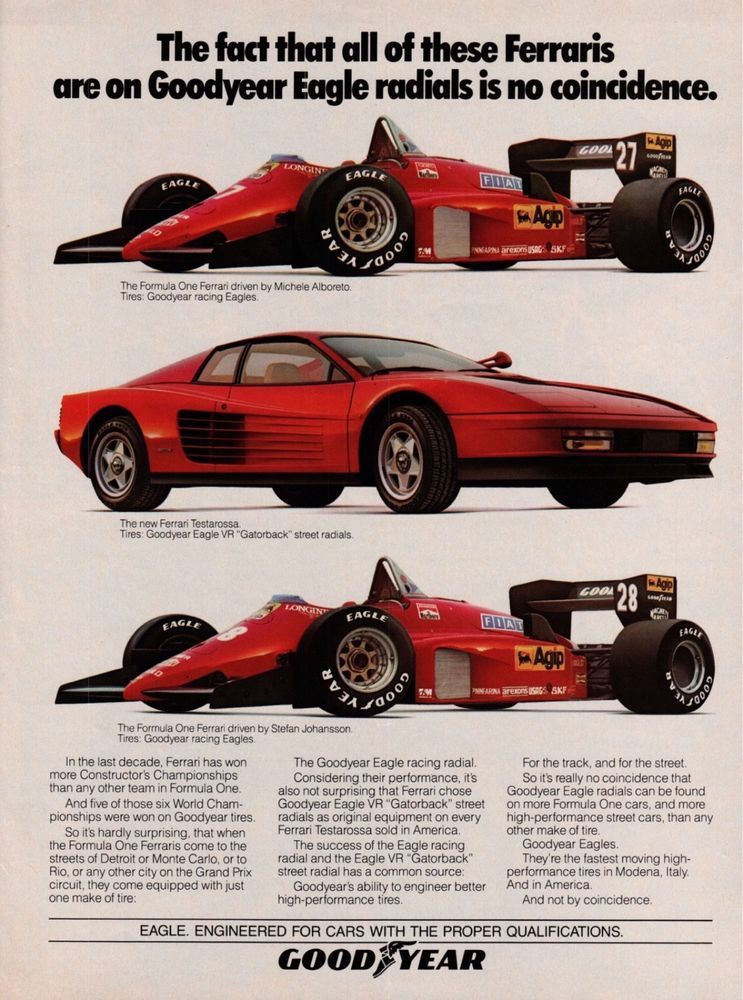
But if you go in thinking high-dollar luxury car, you'll find the 360's running costs aren't dramatically out of line with other high-end vehicles — and not just exotic brands like Lamborghini or Aston-Martin, but even top-line models from Mercedes, Audi, BMW, and others.
Other CostsOf course, there were a few other extraneous costs associated with my time in the Ferrari. Insurance was about $3,000 for the year. I paid $384.25 for the pre-purchase inspection, $1,195 to ship the car to Philadelphia, and $347.98 for a one-way flight to Florida, where I picked up the car with one of my best friends. Storage in Atlanta totaled to $1,085 for eight months, and I had to repair a rock chip in the windshield for $59.95. These costs are hardly Ferrari-specific — but they're still worth mentioning in the interest of transparency.
And The Total Is…For those of you who scrolled down to the bottom looking for one final number, here it is: $8,500 in depreciation plus $4,629. 81 in maintenance repairs for a grand total of $13,129.81. In other words: I paid about $1,100 per month to drive this car, or $39.90 per day, or $2.61 per mile.
81 in maintenance repairs for a grand total of $13,129.81. In other words: I paid about $1,100 per month to drive this car, or $39.90 per day, or $2.61 per mile.
Now, here's where it gets interesting: if you figure that all cars depreciate, and you drop the $8,500, I only spent $4,629.81 for the year. And if you get really crazy, and you take out "unusual" repair items — namely the tires, brakes, and battery, which will last several years without another replacement — my total cost was limited to two oil changes and a tire patch – or approximately $835.75. Not so bad for a year with a Ferrari.
Not so bad, indeed. But I'd still rather have a Porsche.
@DougDeMuro is the author of Plays With Cars. He owned an E63 AMG wagon and once tried to evade police at the Tail of the Dragon using a pontoon boat. (It didn't work.) He worked as a manager for Porsche Cars North America before quitting to become a writer, largely because it meant he no longer had to wear pants.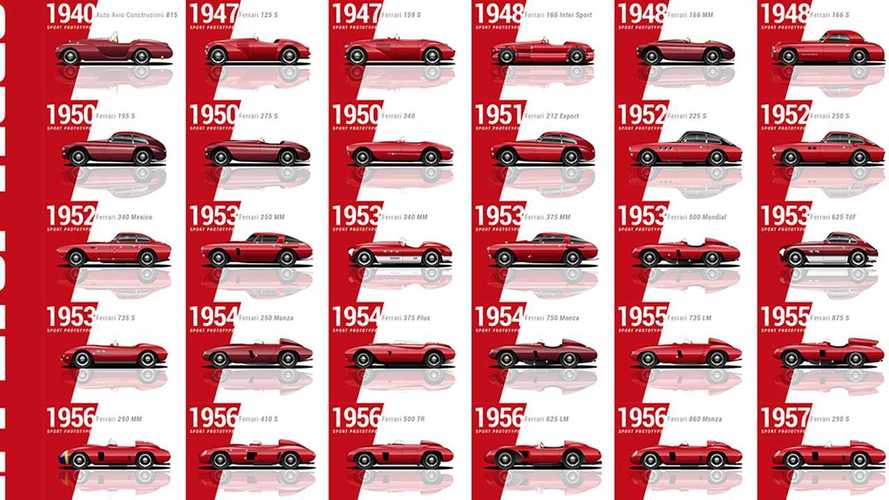 Also, he wrote this entire bio himself in the third person.
Also, he wrote this entire bio himself in the third person.
Read more
One of the biggest dream cars most people have falls within the line of Ferrari sports cars. These are top-of-the-line luxury and performance vehicles that don’t come very cheap.
While the price tag for one of these is sky-high, it’s not the only cost associated with owning a Ferrari. Parts and upkeep are some of the other factors that will drain your wallet quickly if you’re not prepared for it. CNBC explains how much Ferraris cost and how much profit the automaker gets from it.
View this post on Instagram
International excellence and supreme models were the highlight of the 2019 #Ferrari Cavalcade International.
Desert roads and sleek silhouettes made for an experience centred on pure driving pleasure.
A post shared by Ferrari (@ferrari) on
As CNBC states, a Ferrari can run you from $200,000 to $300,000. Because, they use top of the line materials to offer ultra-luxuriousness while sporting premium performance. Every part on the Ferrari comes with a high price tag.
The exorbitant purchase price hasn’t hurt them since they’ve made around 8,400 sales in 2017. With a profit of about $80,000 per car, their brand pulls in billions each year. So, some people aren’t bothered by the high price.
View this post on Instagram
World-renowned power and supreme excellence.
Discover a universe of dream-worthy sensations. #FerrariRoma #Ferrari
A post shared by Ferrari (@ferrari) on
As with any daily driver, routine maintenance will be important to perform to keep the car running as smoothly as possible for a long time. However, a Ferrari requires more than your normal oil changes and tire rotations.
The F355, for example, requires what they call an “engine-out service”, which is basically an overhaul for your motor. This needs to be done every three to five years, depending on how many miles you’ve put on the vehicle and how much you drive it.
But the service costs an average of $7,000 if the motor doesn’t need any extra work. If it does, then you can expect to pay around $25,000 to $30,000.
If you own the Ferrari for six years, and you’ve had it maintained twice, for example, you’ve probably spent close to $60,000 just for maintenance.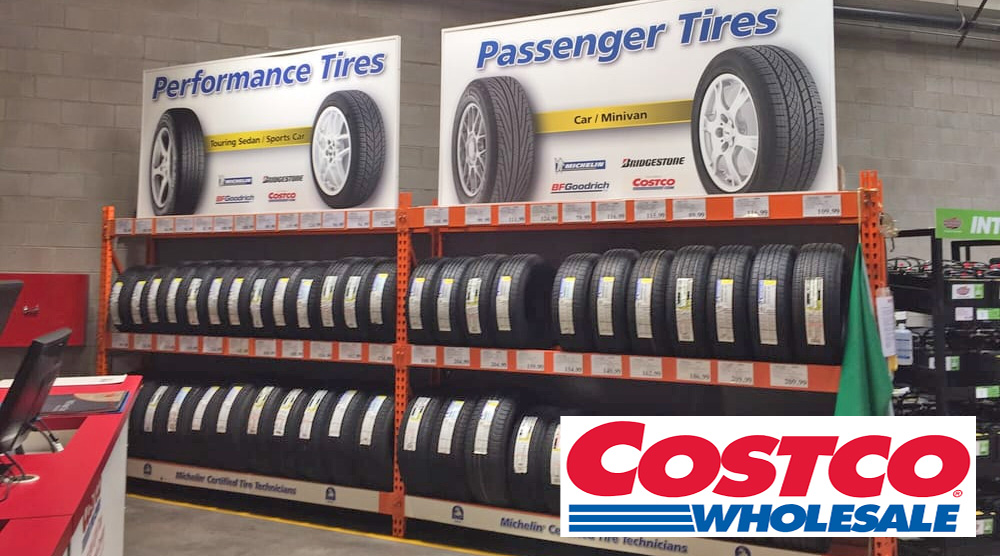 That’s more than most new cars on the market today. It’s also close to the price of some other sport luxury vehicles, like BMWs.
That’s more than most new cars on the market today. It’s also close to the price of some other sport luxury vehicles, like BMWs.
The reason that Ferraris are so much more expensive is that parts don’t come cheap. One bolt, for example, could run you over $45, whereas a bolt on a normal daily driver could cost as much as $5.
An engine overhaul usually requires changing out things like valve guides, manifolds, and sensors. The price of parts can run around $16,000 as the one mentioned in Autoblog’s article. The labor, of course, will run you more.
Related
Autoblog’s author reported that the F355 he drove over 5,000 miles in, seemed to guzzle fuel during the trip. Add that to the price of parts, regular maintenance trips, and labor to maintain the Ferrari, it makes you wonder if it’s really worth paying a ton for this car.
Despite the price tag, and the cost to own the vehicle, owning a Ferrari is well worth it. The enjoyment of driving one, and seeing it parked in your garage, alone, make it worth buying one.
Having cool new features at your fingertips to experiment with and seeing the jaw-dropping response of your friends and neighbors let you know you’ve made the right decision.
However, buying one takes careful consideration and planning. If you know you can afford the price of the car, regular maintenance costs, fueling costs, and potential repair bills, you can get the green light to go purchase one. Otherwise, finding another new car, that costs less, just might bring you the same amount of joy without the high price of owning it.
The first races of the season showed that this year Ferrari is more efficient with tires than Mercedes. The journalists of the German Auto Motor und Sport tried to find an explanation for the advantage of the Scuderia. ..
..
Mercedes acknowledges that the new Ferrari car works much better with all rubber compounds. Although the conditions in Sochi were different from those of the previous three races, this stage confirmed the prevailing trend: to win, Mercedes needed to pit later. nine0005
In Sochi, the Silver Arrows were lucky that Valtteri Bottas won the start and was able to get UltraSoft to work optimally. Before the race, the team devoted the entire third training session to the softest composition at the expense of working with SuperSoft. As a result, the second part of the race made the team nervous.
“We didn't have the opportunity to drive at the pace of a Ferrari on SuperSoft,” a Mercedes spokesman said. “From Friday it became clear that Ferrari is fast on both trains.”
Last year, tire handling was one of the weaknesses of Ferrari: if the asphalt temperature was not suitable for a particular compound, the team had serious problems, but now the tires work effectively in all conditions. nine0005
nine0005
In Mercedes, the trend is reversed. For three years in a row, this team has been the best with rubber, and now they cannot achieve optimal tire behavior and keep them in the working range.
This year Pirelli has created completely new tires, and Mercedes and Ferrari have new cars. Pirelli Motorsport boss Mario Isola dismissed the suggestion that the new tires have a narrower operating range.
“We have changed the concept of lineups,” Isola said. – All new tires behave the same way as earlier harder compounds. The process of warming up the rubber takes longer. However, if the adhesion is good, then it is maintained. And if the tires overheat, they can quickly return to the operating range. Since the behavior of the tires has become more stable and they are less subject to wear, the smallest details can play a decisive role. In particular, this rubber is more sensitive to changes in settings. nine0005
This is also confirmed by the head of Mercedes Motorsport, Toto Wolff: “Depending on the track, tire problems can be related to the settings, to the aerodynamic balance, to the ambient temperature, to the driving style.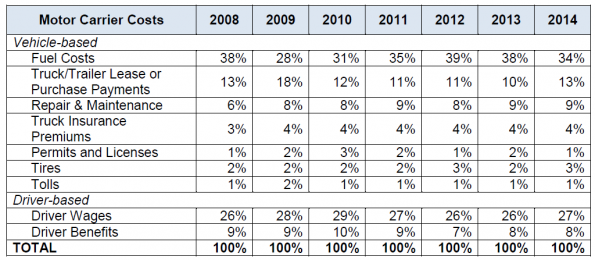 ”
”
Ferrari's advantage can be explained by the design features of the new car, which inherited the main features of its predecessors, but all their shortcomings have been eliminated - it is no coincidence that Ferrari used the second half of last season as large-scale tests. nine0005
SF70H has enough downforce, good acceleration, it is stable when braking. The car became lighter, and the motor added in power. It doesn't have as long a wheelbase as Mercedes, but it's still longer than Red Bull Racing. Ground clearance is not as low as the Mercedes, but not higher than those who have taken an aggressive approach in this area. All this has led to the fact that Ferrari works more efficiently with rubber: the front tires react more easily to bumps in the track and to disturbed air flow, so it is easier for Scuderia drivers to chase rivals than Mercedes drivers. nine0005
Mercedes took a bolder path in designing the car with a long wheelbase and sophisticated aerodynamics. Probably, the engineers have not yet figured out all the features of the car, and problems with tires have been added to this, and the situation changes depending on the track. All this is confirmed by the words of the non-executive director of Mercedes Niki Lauda.
All this is confirmed by the words of the non-executive director of Mercedes Niki Lauda.
“Sometimes our car seems to be made up of two parts that have nothing to do with each other,” said Lauda. - The front tires have one operating range, and the rear tires have a different one. We noticed this during pre-season testing in Barcelona." nine0005
For the past three years, Mercedes has used some pretty tight chassis setups. Thanks to the front row start, they usually had no opponents in front. In racing, everyone had to be careful with the rubber, as it quickly overheated. Today's tires are capable of long distances, but their behavior can change depending on the aerodynamic balance.
We don't know how the lack of some FIA-banned hydraulic suspension features made a difference, but Mercedes says it didn't make a difference. It's hard to believe - they would hardly have spent four years developing a system that does not provide a serious advantage. According to rumors, it is precisely because of the rejection of a complex suspension that the tires do not always end up in the right operating range. Mercedes understands that tire problems need to be addressed, but calmly perceive this situation. nine0005
Mercedes understands that tire problems need to be addressed, but calmly perceive this situation. nine0005
“On the plus side, in Sochi we learned a little more about how to work with tires,” said a team spokesperson. - Ferrari is still ahead of us, but our team is able to quickly find the reasons and draw conclusions. However, it may take a few more races to fully understand everything.
Ferrari 360 Spider
Ferrari 512 TR
Ferrari F512 M
 5 to 13 and profile from ET25 to ET77 like Ford Focus
5 to 13 and profile from ET25 to ET77 like Ford Focus iFree Kazantip
KIK Tanais
KIK Karrera Light
KIK Porter
SKAD Admiral
SKAD STILETO 9000
XITRIKE X -22 9000 9000.0005
Arivo Premio ARZero 195/65 R15 91V
Hit New
3,390 ₽
Kormoran Snow 195/65 R15 95T XL
Hit
3 670 ₽
4,590 ₽
RoadX RXFrost WU01 245/40 R19 98H XL
Hot New
8 040 ₽
Kama 505 195/65 R15 91Q
Hit
3 310 ₽ nine0005
The Mosavtoshina online store compares favorably with a wide range of both car tires and rims not only for cars, but also for trucks.